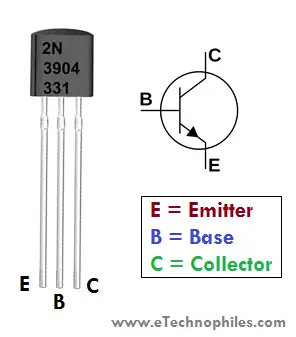

The aim of any small signal amplifier is to amplify all of the input signal with the minimum amount of distortion possible to the output signal, in other words, the output signal must be an exact reproduction of the input signal but only bigger (amplified).Ī transistor’s Beta value, sometimes referred to as h FE on datasheets, defines the transistor’s forward current gain in the common emitter configuration. This can be achieved using a process known as Biasing.īiasing is very important in amplifier design as it establishes the correct operating point of the transistor amplifier ready to receive signals, thereby reducing any distortion to the output signal.Īlso, the use of a static or DC load line drawn onto the output characteristics curves of an amplifier allows us to see all the possible operating points of the transistor from fully “ON” to fully “OFF”, and to which the quiescent operating point or Q-point of the amplifier can be found.

Then some way of “presetting” a common emitter amplifier circuit configuration is required so that the transistor can operate between these two maximum or peak values.

Transistor amplifier’s amplify an AC input signals that alternates between some positive value and a corresponding negative value.


 0 kommentar(er)
0 kommentar(er)
